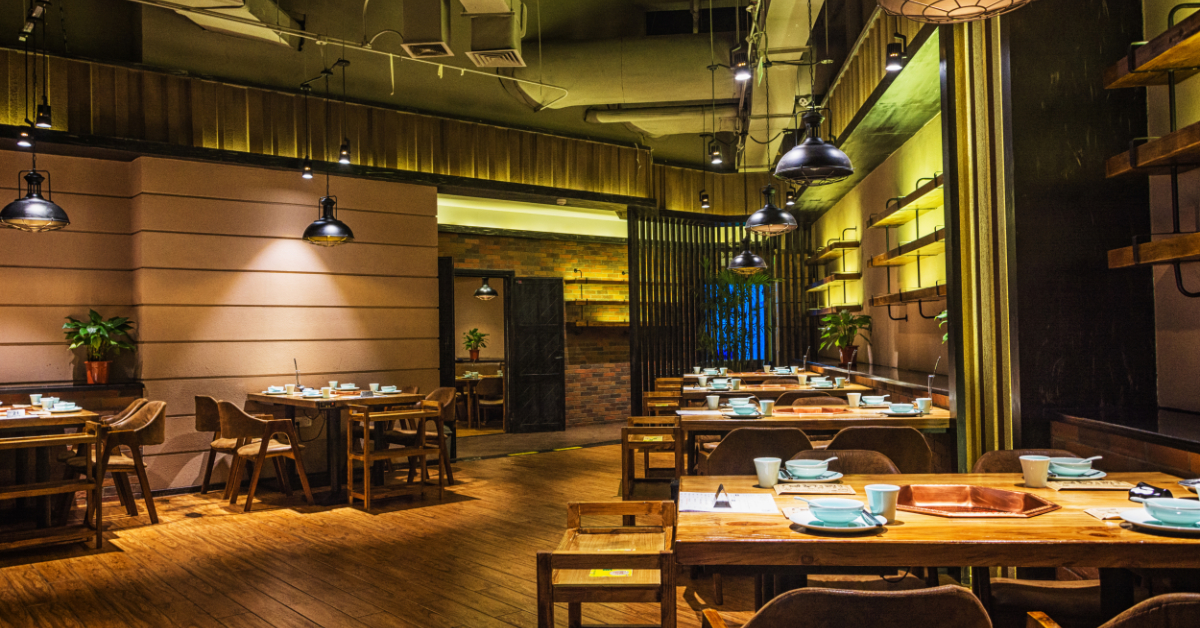
It has been a difficult time for many businesses.
Some will survive the crisis, some won’t.
Some have had a more difficult time than necessary. Some have closed for good.
Why?
Because of an inability to change with the changes.
Restaurants are a good example.
Many could not operate in “normal” mode – people dining at the restaurant – after crisis restrictions.
Some changed their customer approach and added take-out options. Others offered to sell food supplies to customers when grocery stores began to run short. One of our favorite local taco restaurants rapidly switched to hand held terminals for staff to be able to take orders and payments curbside rather than inside. You can probably add other creative ways you witnessed of adapting to the new reality.
Some, however, did not appear to even try to adapt … they just stopped operations.
Others did a poor job of adapting and struggled unnecessarily. For example, I encountered restaurants offering to-go service and ignoring what that meant for the customer. They ignored how to make it easy for customers to continue being customers:
- An all too common case: no way for a would-be customer to view a menu to know what to order without being in the restaurant … which was impossible. Nothing could be found online, even on the restaurant’s “regular” website, if they even had one.
- Some had menus that were posted online, but by people taking pictures and posting on social media or food apps. The menus were often hard to read, especially on a mobile phone. The menus were usually out of date … sometimes even years old.
- There was no way to know what was available or not on the menu. Some restaurants had to cut back on menu items or change availability frequently based on food supplies. However, there seemed to be no attempt to let customers know current status.
- One business implemented curbside pickup, and the notice on their social media site said procedures would be in place through the end of March. The same statement remained in May … how hard is it to update that?!
- Some had no websites of their own. They gave up control of their customers’ experience to others.
The easy fix for ordering would have been to post a menu online and do other things to make take away ordering easy, especially when ordering from a mobile phone. And, if the restaurant had relegated online information to other websites in the past, to establish its own website and update as needed. That is fast to do and not very hard or expensive in today’s economy. It also allows the business to directly control and provide a better customer experience.
Why the poor job of adapting?
In some cases, it may have been a “penny wise and pound foolish” mindset. Yes, establishing a website and taking other online steps would involve some expense. The payback, however, would have been almost immediate. The payback would also continue into the future if some customers choose to continue to order take away some or all of the time.
A major contributor is unwillingness or an inability to think about the customer experience, to be able to “see” with a customer’s eyes. The inability to find a menu is a simple example. Simply thinking about what a customer would need to do to continue business with the restaurant would have easily made clear the hurdles the restaurant was placing between the customer and the order. Making hard for customers to do business will reduce business, with exception of monopoly or mandated situations.
Better to take heed from the title of a classic design book: Don’t Make Me Think. Don’t force your customers to do unnecessary work to do business with you.
Here are some steps you can take to figure out how to remain relevant to your customers. If you haven’t already:
- Ask customers what is easy and hard about your business, right now, and what would make things easier for them.
- Be a customer yourself.
- Simulate what it takes for a customer to give you their business and identify obstacles.
- Observe what other businesses in your industry are doing and copy the best ideas.
- Make sure customers have the most up-to-date information needed.
Do some of these, especially talking to customers, every day … not just once in a while. In a crisis environment, things can change daily, not yearly or every decade or longer. You must change your change cycle to match the change pace around you.
Do the above with a mindset of someone new to your industry, rather than with your experience.
Then do … take action. Not everything customers suggest will be reasonable or even achievable. But there will be more there than you suspect and many you can act on, and soon.
Leave a Reply